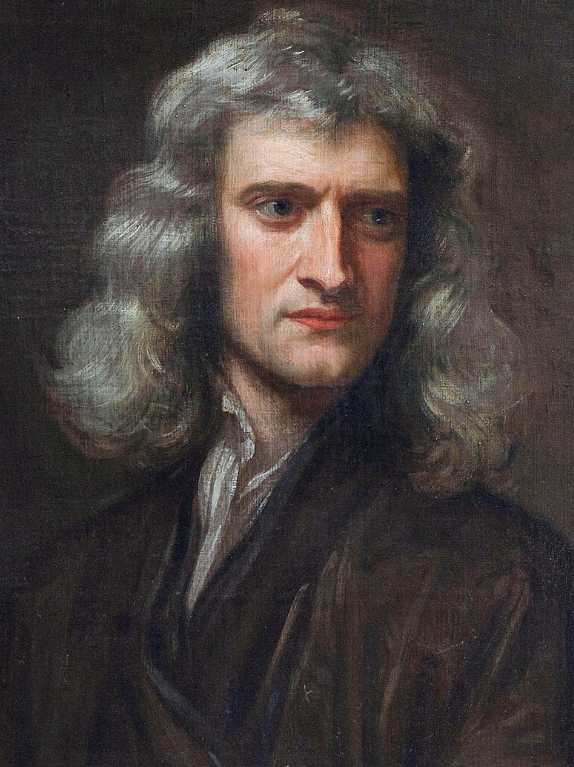
The Portrait of Isaac Newton (1642–1727) is one of the iconic representations of the legendary physicist and mathematician. It was painted by the English artist Godfrey Kneller around 1689 and has since become a well-known image of Newton. The portrait shows Newton in a traditional scholarly pose, with his characteristic long hair and serious expression. He is dressed in the formal attire of the time, often with robes, and looks pensive, likely emphasizing his intellectual depth.
This particular portrait became one of the most widely recognized depictions of Newton, helping to cement his image as a symbol of scientific achievement and rational inquiry. The portrait reflects Newton’s stature in the scientific community, and in many ways, it became an icon of the Enlightenment era.
Kneller, the artist, was known for his portraits of prominent figures of the time, and his work helped preserve the legacy of Newton’s contributions, which include groundbreaking work in mathematics, physics, and astronomy, particularly his laws of motion and the law of universal gravitation.
The painting has been reproduced in numerous books, exhibitions, and articles about Newton, making it almost as famous as Newton’s theories themselves. It’s a powerful reminder of the intellectual revolution that Newton helped usher in during the 17th century.